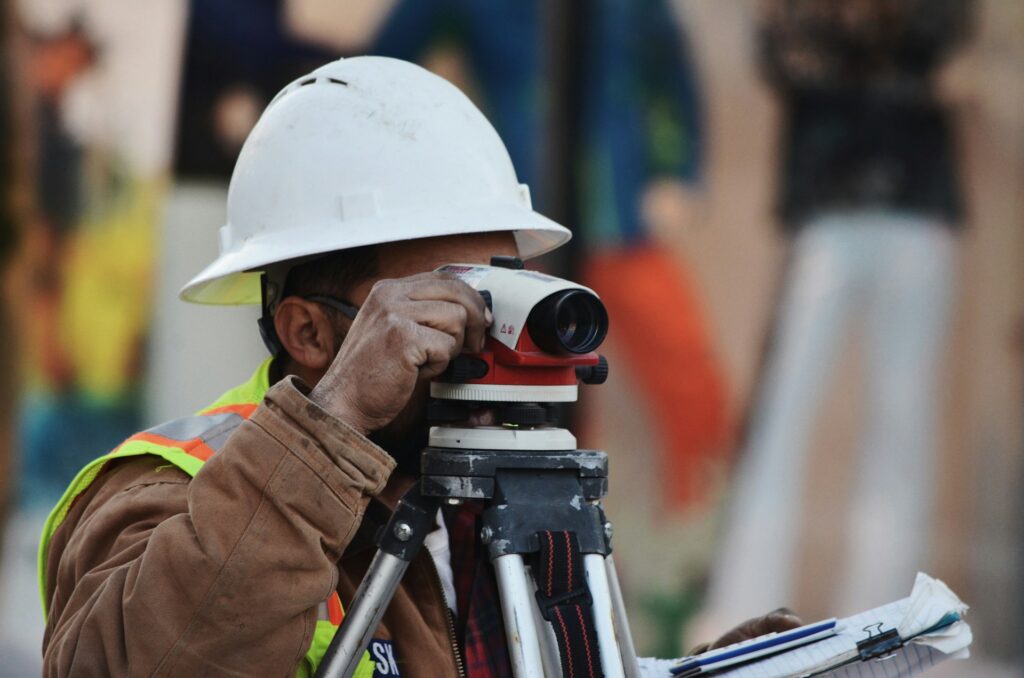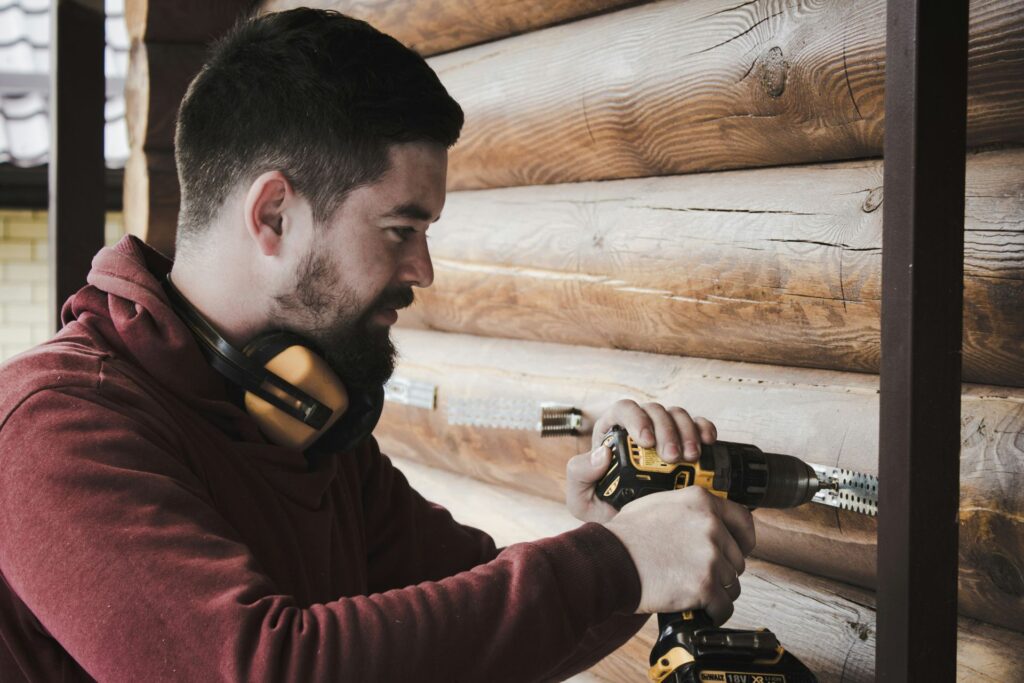
We are reader-supported. When you buy through links on our site, we may earn an affiliate commission.
Effective cost estimation is essential in the early stages of any project. Solid cost estimation techniques will help you budget and communicate important information about project costs to a client.
Different cost estimation methods work best for different situations. Depending on the project’s current completion and how much information you have, certain cost estimation methods may be superior. In this article, we’ll cover a few cost estimation techniques in construction projects that you can use to predict expenses:
1. The Unit Cost Method
The unit cost method breaks a project into multiple units for cost estimation. You can then individually estimate the expense of each element and find the total project cost by summing up your different units.
The unit cost technique works best for buildings where the same furniture will occupy large amounts of floor space. For example, you may estimate an office by cost per cubicle or a theater by cost per seat. Unit estimates come from previous work on a similar project.
This method also breaks the estimation down into billable units that show a potential client where their money is going.
The unit cost method is effective if you want a quick prediction that can be used at any point in the design process. You don’t even need drawings or specifications, so long as you know how many units your client will need.
It can be inaccurate, however, and might be ineffective if you’re working on a new project that’s unlike work you’ve done in the past.
2. The Square Meter Method
This is another strategy that works best in the early stages of design. The square meter method is one of the most popular procedures for approximate estimation. With this, you calculate the building’s total square footage. Then, much like the unit cost method, you multiply the area by an estimate of how much the project will cost per square foot.
As with the unit method, however, you need data from similar past projects for the approach to work.
You can improve your estimate’s accuracy by breaking the building down into different segments of floor area. Then, assign varying costs per square meter for each section of the building. You can also separately estimate external works and any non-standard construction. This more detailed version of the square meter method is known as the superficial method of cost analysis.
3. The Approximate Quantities Method
Though it’s one of the most accurate forms of estimation, the approximate quantities method does have one major drawback. You will need enough information about the project to complete a cost estimation.
Before estimation begins, you’ll break down the bill of quantities into major groups — like the foundation, first floor, walls, and other building elements. Then you will measure defined quantities for each of these components, typically from schematics, drawings, or other data stored in a building information model (BIM).
For example, you may measure the first floor in square feet. You will then need to estimate costs per unit measurement for each kind of work that will need to happen for a given group. Once this is done, you can find the total for each group.
In effect, this produces a rough bill of quantities — which is why this approach is sometimes called the approximate bill of quantities method.
The approximate quantities method needs the most information and takes the longest time out of these cost estimation techniques. However, it will provide fairly accurate results and a detailed breakdown of the estimated project cost for clients.
Cost Estimation Techniques for Various Situations
Using the right cost estimation techniques in construction will impact how accurately you can predict a project’s cost. In general, the more information you have to work with, the better it is to use more sophisticated estimation methods, like the approximate quantities approach. If you are very early in a project, however, cost estimation techniques like the unit cost or square footage procedures can provide decent-to-good ballpark estimates.










